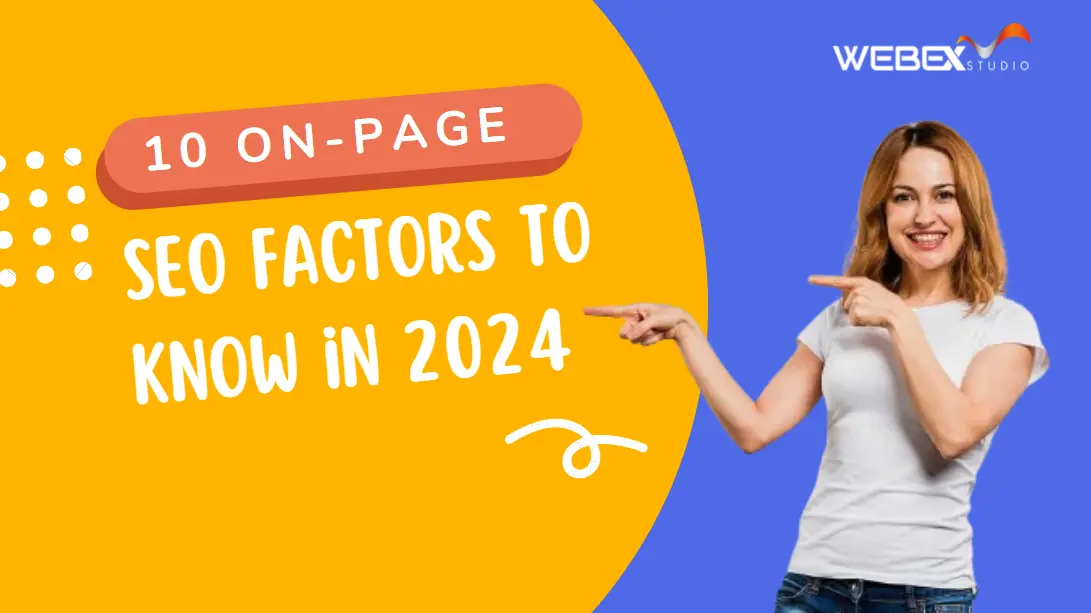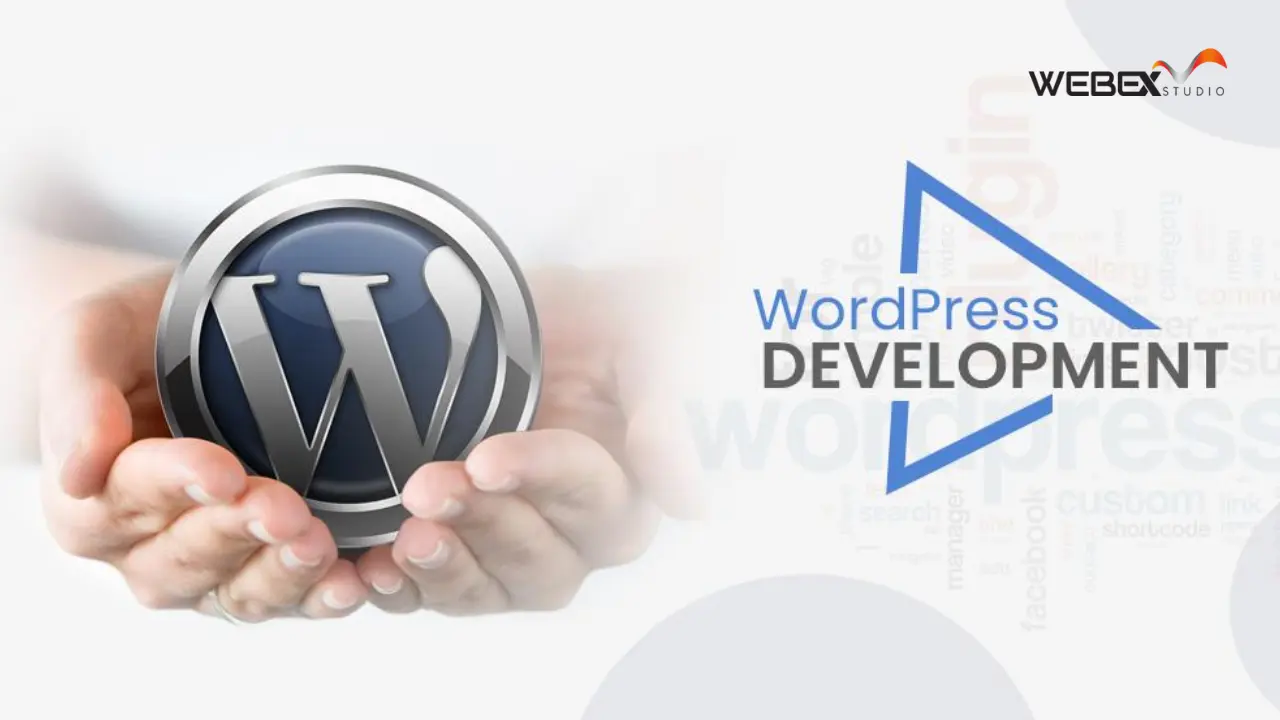In the ever-evolving landscape of digital marketing, Search Engine Optimization (SEO) remains a cornerstone for achieving online visibility and driving organic traffic. While off-page factors play a crucial role, on-page SEO is the bedrock that directly influences how search engines perceive and rank your content. In this comprehensive guide, we unravel the 10 essential on-page SEO factors you need to know to optimize your website for search engines effectively.
Understanding On-Page SEO: Unveiling the Essentials
What is On-Page SEO?
On-page SEO refers to the optimization techniques and strategies implemented directly on a website to enhance its search engine visibility and improve rankings. It involves optimizing various elements within the website, including content, HTML source code, and technical aspects, to make the site more attractive to search engines and provide a better user experience. The primary focus of On-Page SEO is to align the content and structure of a webpage with search engine algorithms to increase its relevance and authority.
Difference Between On-Page and Off-Page SEO
While On-Page SEO concentrates on optimizing elements within the website, Off-Page SEO revolves around external factors that influence a site’s authority and credibility. On-Page SEO involves tweaking content, meta tags, and HTML elements, whereas Off-Page SEO involves activities like link building, social media marketing, and building a reputable online presence. Essentially, On-Page SEO deals with what is directly within the control of the website owner, while Off-Page SEO considers factors beyond the site’s boundaries.
Importance of On-Page SEO
Search Engine Visibility:
On-page SEO directly impacts how search engines understand and rank your content. By optimizing key elements, such as title tags, meta descriptions, and headers, you increase the likelihood of search engines recognizing your content’s relevance to user queries.
User Experience:
The optimization efforts made for search engines also enhance the overall user experience. Well-structured content, clear navigation, and fast-loading pages contribute to a positive user experience, reducing bounce rates and encouraging visitors to explore more pages.
Relevance to User Intent:
On-page SEO allows you to align your content with user intent. By strategically incorporating relevant keywords and providing valuable information, you increase the chances of attracting users genuinely interested in your content.
Page Ranking and Authority:
Effective On-Page SEO contributes to a website’s overall authority and trustworthiness in the eyes of search engines. As your pages rank higher for relevant queries, your site gains authority within its niche, boosting its standing in search engine results.
Competitive Edge:
In a crowded online landscape, On-Page SEO can provide a competitive edge. When your website is optimized for relevant keywords and provides a superior user experience, it stands out among competitors, attracting more organic traffic.
Adaptability to Algorithm Changes:
Search engine algorithms evolve, and staying ahead requires continuous optimization. On-page SEO allows website owners to adapt to algorithm changes more effectively. Regular updates to content and on-site elements ensure that your site remains in sync with the latest SEO trends.
Local SEO Impact:
For businesses with a local presence, On-Page SEO is crucial for optimizing location-based information. Properly optimized contact pages, local keywords, and business information contribute to improved visibility in local searches.
Easier Site Management:
A well-optimized website is easier to manage. Clear site structure, proper URL formatting, and optimized images make it simpler for search engines to crawl and index your pages, resulting in more efficient site management.
Leading Search Engine Optimization company in California helps with optimum search engine optimization strategies.
Mastering the 10 On-Page SEO Factors
Keyword Optimization:
Keywords are the foundation of on-page SEO. Conduct thorough keyword research to identify phrases and terms relevant to your content and audience. Strategically incorporate these keywords into your titles, headers, meta descriptions, and naturally within the content. Strike a balance; avoid keyword stuffing, as it can negatively impact user experience and rankings.
Quality Content Creation:
Content is king, and search engines prioritize high-quality, relevant content. Craft engaging, informative, and well-structured content that addresses user intent. Use headers, subheadings, and bullet points to enhance readability. Aim for content that not only satisfies search algorithms but also resonates with your audience, encouraging longer dwell times.
Title Tags and Meta Descriptions:
Optimize title tags and meta descriptions to accurately reflect your content’s topic. Include target keywords naturally, and keep titles concise yet compelling. Meta descriptions should provide a concise summary, enticing users to click. While meta tags may not directly impact rankings, they significantly influence click-through rates.
URL Structure:
A clean, organized URL structure enhances both user experience and SEO. Use descriptive, readable URLs that include relevant keywords. Avoid using lengthy strings of numbers or symbols. Well-structured URLs not only contribute to better search engine understanding but also make it easier for users to comprehend the page’s content.
Header Tags (H1, H2, H3, etc.):
Header tags provide a hierarchical structure to your content, making it more readable for both users and search engines. The H1 tag typically represents the main heading, followed by H2, H3, and so on, indicating subheadings. Use header tags to emphasize key points, incorporate keywords, and guide readers through the content.
Image Optimization:
Images play a vital role in content, but they need optimization for SEO. Use descriptive file names and alt attributes that convey the image’s content. Compress images to reduce file sizes and improve page loading speed. Image optimization not only enhances SEO but also contributes to a more accessible and visually appealing website.
Internal Linking:
Internal linking is a powerful on-page SEO strategy that connects different pages within your website. Link relevant anchor text to other pages, helping search engines understand the structure and hierarchy of your content. Internal links distribute page authority and contribute to a seamless user journey, encouraging visitors to explore more of your site.
Page Loading Speed:
User experience is a key ranking factor, and page loading speed plays a pivotal role in it. Optimize images, leverage browser caching, and minimize unnecessary scripts to enhance loading times. A faster website not only improves SEO but also reduces bounce rates, keeping visitors engaged and satisfied.
Mobile Responsiveness:
As mobile usage continues to soar, search engines prioritize mobile-friendly websites. Ensure your site is responsive and offers a seamless experience across various devices. Google’s mobile-first indexing means that the mobile version of your site is considered primary for indexing and ranking, making mobile responsiveness critical for SEO success.
User Engagement Metrics:
User engagement metrics, such as bounce rate, time on page, and click-through rate, indirectly influence SEO rankings. Engaging content that keeps visitors on your site signals to search engines that your content is valuable and relevant. Analyze these metrics regularly and adjust your strategy to enhance user engagement.
Conclusion
In conclusion, mastering on-page SEO is essential for optimizing your website’s visibility in search engine results. By focusing on these 10 key factors mentioned above, you can create a solid foundation for improved search rankings and a superior user experience. You can also hire a leading Search Engine Optimization company in California to get search engine optimization strategies that bring the website traffic you desire. Keep evolving your on-page SEO strategies in line with industry trends and algorithm updates to stay ahead in the competitive online landscape.
 +91 861 772 4646
+91 861 772 4646  +1 (312) 219 2444
+1 (312) 219 2444 




